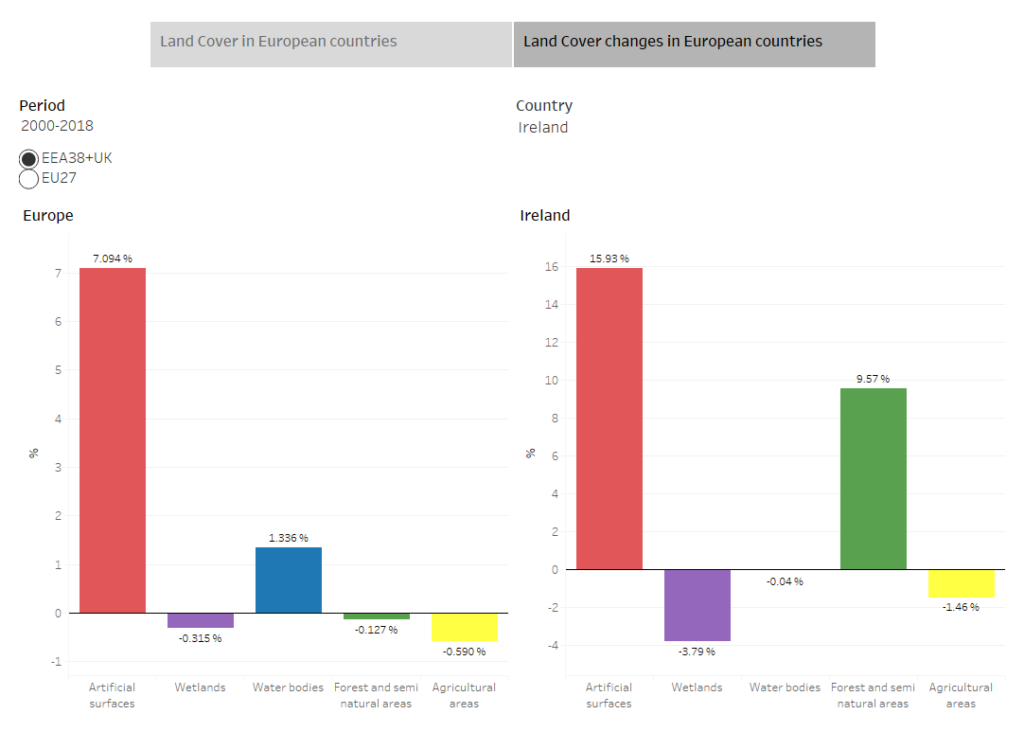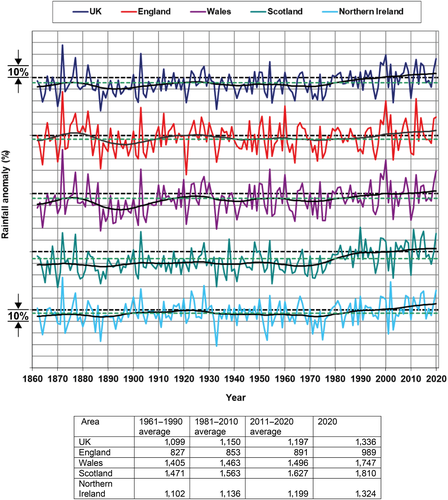Grades 6-8
Why are the hedgehogs disappearing?
Mystery

The European Hedgehog is a common mammal found in many regions of Europe, and they live mainly in areas with hedges, trees, and grassland. They are popular with gardeners and benefit the health and survival of gardens because of their diet, which consists of insects and other invertebrates (see graph). They are nocturnal and hibernate during the winter months.

They do not have a lot of variation in their coloring, but this helps them blend into their habitat amongst plants. Hedgehogs have spines along their back that serve as great protection against predators including badgers and foxes. When threatened, they roll into a ball! They are about 15-30 centimeters (or 6-12 inches) in length.
Sadly, from about 2000 to 2020, the number of hedgehogs found in the United Kingdom has dropped by half. Why are the hedgehogs disappearing?

Career Education and Description
Being an Ecologist requires a bachelor’s degree in ecology or biology to begin. Depending on what you want to do, a master’s degree might be required.
Career description:
Ecologists study the way that living and non-living things interact in their environment. They collect data from multiple sources to paint a picture of the health of an ecosystem. From there, action plans can be created with local governments and the public to protect natural resources and ways to monitor progress.
Solving the Mystery
Which of the following are most likely to lead to the reason the hedgehog population has decreased? Use your worksheet to take notes, make observations and record conclusions.
PDF of Student Worksheet
Air Pollution
Average Concentrations of Air Chemicals in the U.K.
| Pollution Type | Description (known response in humans) | 1992 | 2000 | 2020 |
| Ozone | The gas can cause irritation of the respiratory system. It can have damaging effects on plant life. | 53.9 | 69.3 | 67.9 |
| Nitrous Oxide | The gas can cause irritations of the respiratory system. | 59.6 | 35.7 | 14.5 |
| Particulates | This covers a wide variety of small solids carried in the air that can be toxic. | 36.1 | 26.9 | 14.8 |
Physical Barriers like Fences
Wooden fences are common in the U.K. to surround houses and other buildings. Building continues in the country, increasing steadily since 1992.

Hedgehogs being Kept as Pets

Pet hedgehogs are African Pygymy hedgehogs. They usually do not grow beyond 25 centimeters (10 inches) and they come in a few different colors, like the white hedgehog in the picture.
Predation of Hedgehogs by Pets

Roadkill
Are more hedgehogs getting hit by cars?
| Years | Hedgehog Casualties/100km of Road | Traffic Volume (billion vehicle – km/year |
| 1990 – 1993 | 2.16 | 412 |
| 2001 – 2004 | 4.45 | 484 |
| 2015 – 2018 | 0.69 | 548 |
Loss of Vegetation

Source: Ukceh land cover maps. UK Centre for Ecology & Hydrology. (n.d.). Retrieved April 3, 2022, from https://www.ceh.ac.uk/ukceh-land-cover-maps
*Graphic above does not include Ireland. See following graph for information on Ireland’s land changes.

Changes in Weather


Credits
- Idea and Writing: Tonya Schield
- Editing: Gail Wheatley

